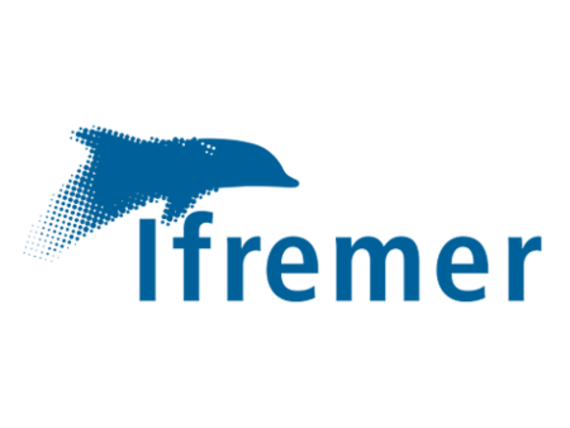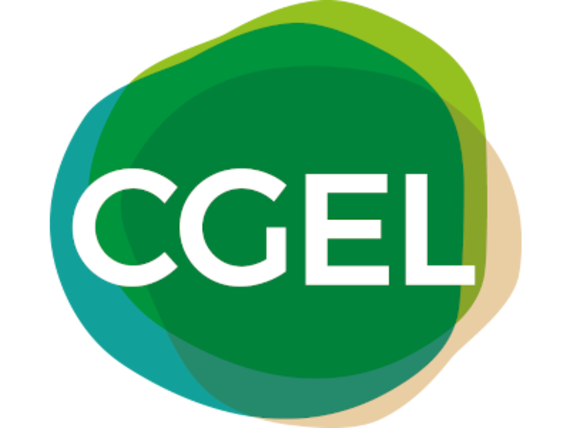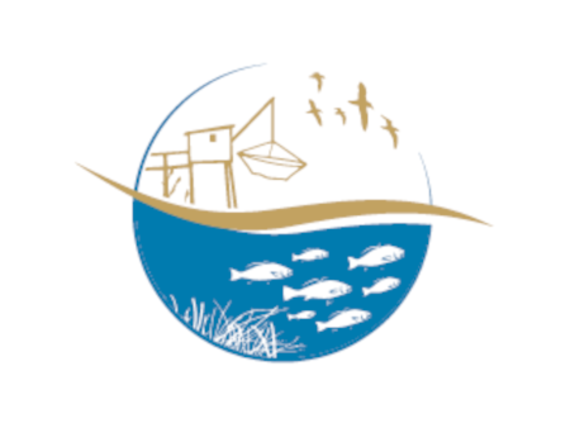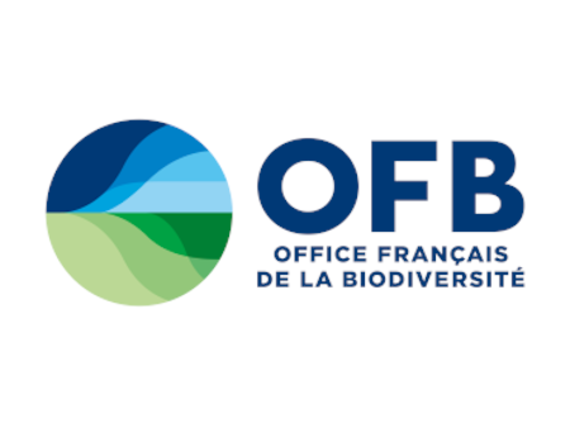Surface and volume assessment of Sabellaria alveolata reef habitats in the Gironde Estuary and Pertuis Sea Marine Protected Area
Postdoctoral position of Émilien Alvarez (2022-2023)
Exploiting the potential of aerial drones for surface and volume monitoring of the Sabellaria alveolata habitat on rocky shores..
Today, surface imagery by drone is used to map coastal landscapes effectively in 2D and 3D. This new data (orthophotos, orthomosaics, DSM) enables precise quantification of the surfaces (land cover) and volumes (structural complexity) that define these landscapes. This new source of data, combined with artificial intelligence, should enable such mapping to be automated, making it possible to repeatedly monitor areas of several hundred hectares.
The aim of the SISTER project is to exploit this type of imaging solution to produce surface and ecological status indicators for temperate reefs, such as Sabellaria alveolata bio-constructions. Through this project we will be asking ourselves: What semantic precision can be achieved for automatic mapping of these habitats? Can landscape features (2D and 3D) and their temporal variations be indicative of ecological status?
To answer these questions, the SISTER project is being developed in collaboration with and within the Gironde Estuary and Pertuis Sea Marine Protected Area (Office Français pour la Biodiversité), where these bioconstructions are widespread. The development of a drone image processing workflow is in progress, to provide managers a tool for assessing the surface area of this habitat and thus comply with European directives such as the Marine Strategy Framework Directive.
Supervisor: Stanislas Dubois (LEBCO)
Collaborations:










